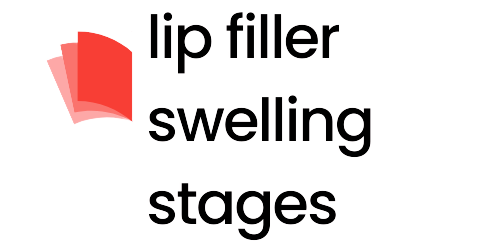Contents

Lip Filler Bruising Stages
If you are concerned about the potential for Lip Filler Bruising Stages, here are a few tips to help minimize your discomfort. It’s important to take pain medication after your procedure, such as Tylenol or aspirin. You may also want to apply an antihistamine or arnica cream. Moreover, make sure to drink plenty of water and eat plenty of fruits and vegetables. Avoid spicy foods, as they can irritate your lips. Lastly, remember to avoid smoking and alcohol for a couple of days after your procedure. Eating healthy is also important, as it will help your body heal itself.
Bruising
Bruising is a common side effect of Lip Filler Bruising Stages. Bruising occurs when the needle punctures larger blood vessels. It is important to understand the reason behind this side effect and how to minimize it. Bruising can be exacerbated by improper needle technique or wrong positioning. Here are some things to keep in mind during your treatment. Fortunately, bruising from lip filler injections is usually minimal.
Swelling
After Lip Filler Bruising Stages, patients may experience some swelling and bruising. They should avoid applying makeup for 24 hours to reduce the risk of a negative reaction. It is recommended that patients use a very gentle face makeup that won’t irritate the skin. They should avoid heavy physical activity for 24 hours following their treatment. During this time, they can use ice packs and a warm compress to reduce pain and swelling.
Pain
Bruising and pain may occur after receiving lip filler. These bruises can be minimized by avoiding certain substances before the procedure, including aspirin and ibuprofen. You should also avoid drinking alcohol or performing strenuous exercise for a couple of days after the procedure. Avoiding excessive heat and alcohol will also reduce the severity of bruising. If you experience severe swelling, avoid drinking alcohol.
Arnica
You may have heard of Arnica, an herb that can help reduce pain and swelling after undergoing a lip filler procedure. Arnica Montana is a plant that is native to central and northwestern parts of the U.S. Arnica has traditionally been chewed to reduce bruising and inflammation. Today, arnica is available in creams, gels, and ointments.
Ice
Following your Lip Filler Bruising Stages, bruising will be noticeable for up to four days. The degree of bruising will depend on your body’s reaction to the filler and the injector’s skill. However, the bruising should be minimal, and you should avoid putting pressure on your lips for the first 24 hours. You should also avoid using ice on your lips, which can displace the filler.
Avoiding salty or spicy foods

Lip Filler Bruising Stages
During the bruising stages of your lLip Filler Bruising Stages, you should avoid eating or drinking too much salty or spicy food. You should also avoid taking aspirin, Motrin, or ibuprofen, which can affect the healing process. Also, drink plenty of water. Staying well-hydrated is vital for a faster recovery and reduced bruising.
Taking medication for bruising
There are several ways to minimize the appearance of bruises after receiving lip filler. Taking medicine can reduce the intensity of the bruises and also help them fade away faster. Bruising may last anywhere from two days to two weeks after filler treatment. It is important not to get treatment within a month of a special event or holiday because it may worsen the condition. You can also apply Lasonil or Hirudoid cream to the bruised area.
Recovery from lip filler procedure
The recovery from a Lip Filler Bruising Stages varies from person to person and is based on the type of filler used. After the procedure, patients should avoid strenuous activity for 24 to 48 hours to help the injection site heal. This is important to prevent swelling and bruising. Additionally, it’s essential to avoid strenuous exercise for the first few days after the procedure to minimize risk of complications. However, this recovery period may be longer than expected, depending on the type of lip filler used.







